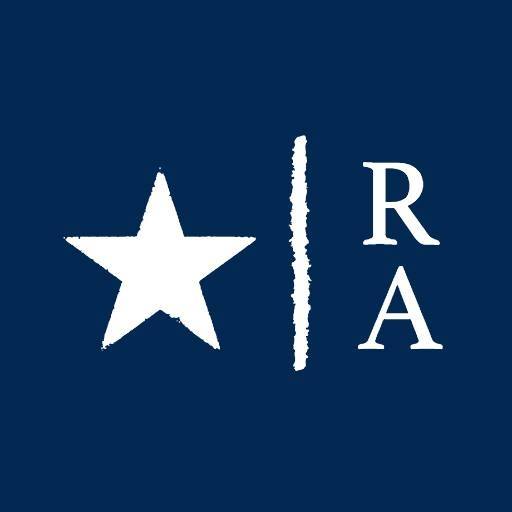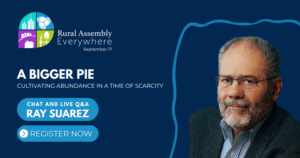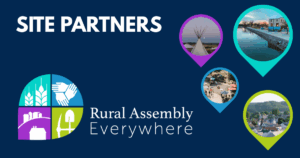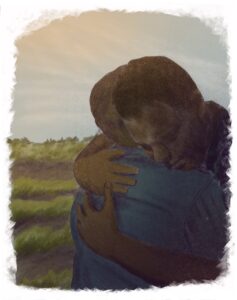In 2016, when Native Public Media launched its emergency communications preparedness training for broadcasters serving Indian Country, President CEO Loris Taylor had no idea how applicable it would be a few years later amid the COVID-19 pandemic.
Founded in 2004, Native Public Media secures broadcast licenses for tribal communities and works to keep these stations on air. Their network currently includes 59 radio stations and 3 television stations.
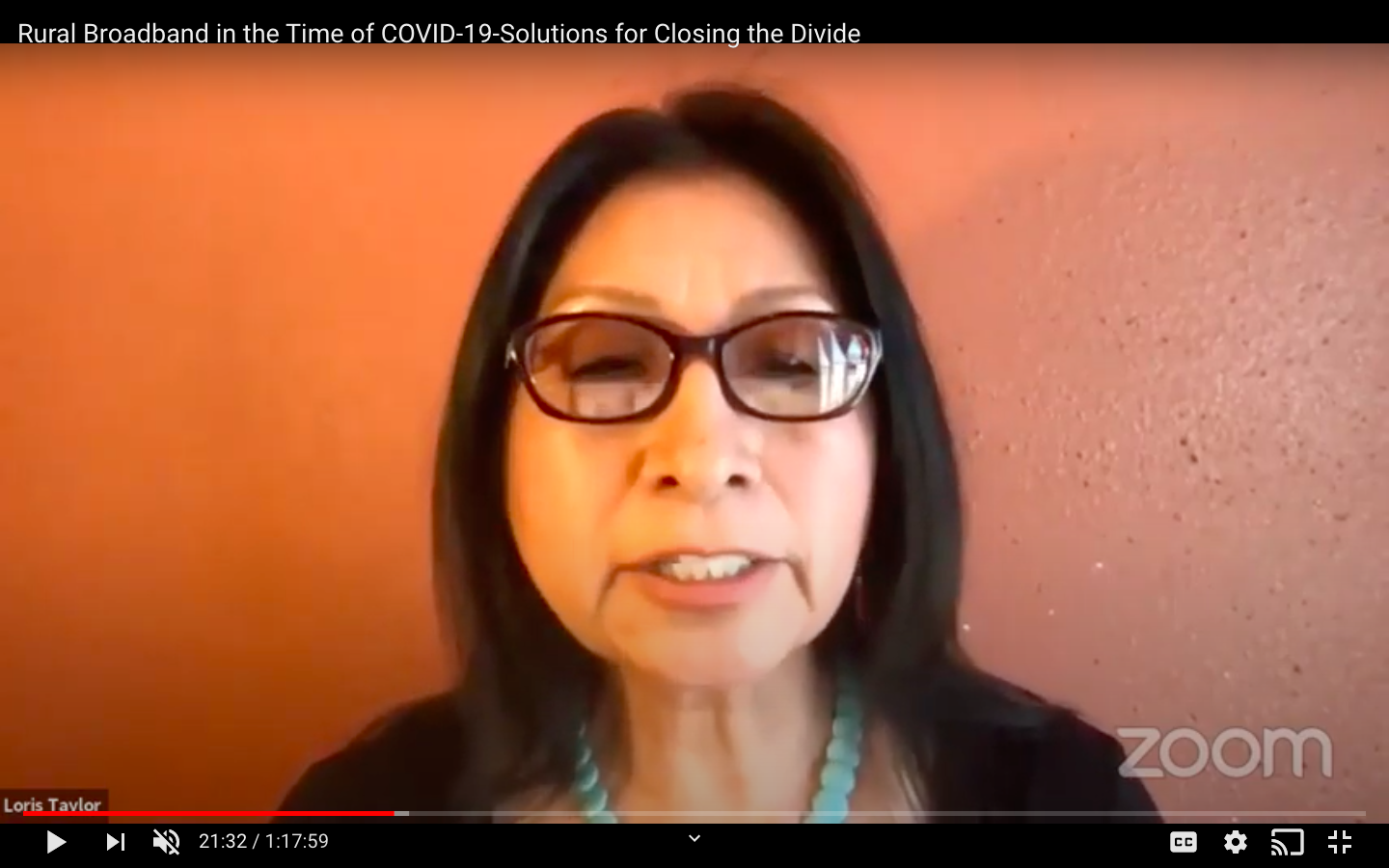
The COVID-19 pandemic has brought to light the critical role that broadcasts play in getting information to people across Indian country. Taylor explains, “One of the things that we’ve learned throughout that process was that our native stations are not just essential, they’re classified as members of the first responder community. We’ve been 24/7 working overtime the last few weeks.”
In the absence of broadband and internet connectivity, accessible radio and tv broadcasts are essential for disseminating information. In the time of COVID-19, broadcasts in Indian Country are focused on sharing information from four key sources: hospitals, law enforcement, hazard management, and government. They are even sharing information over their airways on how to get groceries during the crisis. “If you’re an hour and up to two hours away from the nearest grocery store you want to know whether you should get in your car, travel those two hours, and get to the nearest town and make sure those items are going to be available,” explains Taylor.
Good emergency-response training can facilitate more effective dissemination of information. It teaches broadcasters how to analyze the hazard, map vulnerable populations and complete a community scan to better understand where and what the need is. You can “[learn] where people live, whether they have telephone, whether they have the internet,” explains Taylor. “We all know when a disaster is coming, it doesn’t come in orderly package. It’s quite the opposite. It’s disorderly, there’s chaos involved, and this is where good training comes into play.”
Yet, much of Indian Country still does not have access to broadcast services. “We have 578 American Indian tribes and Alaska native villages in the United States. So, even having 59 radio stations and several television stations, it’s not enough to provide the information in an information-centric disaster and crisis,” Taylor explains. Access to fast, reliable broadband across all of Indian Country is critical both to ensure information is broadly disseminated during a crisis such as covid-19, but also to strengthen community connection. “We’re wired to be connected to other human beings to our environment, to the world.”
